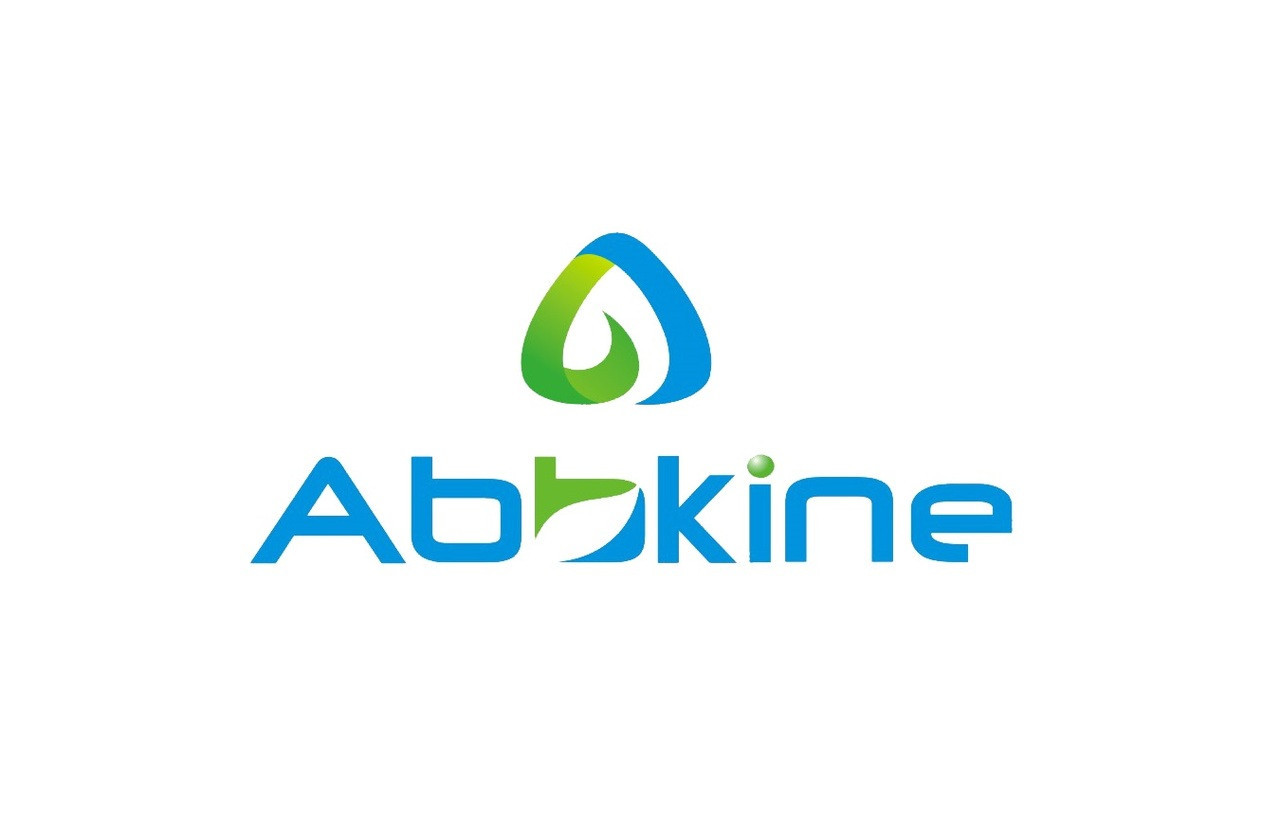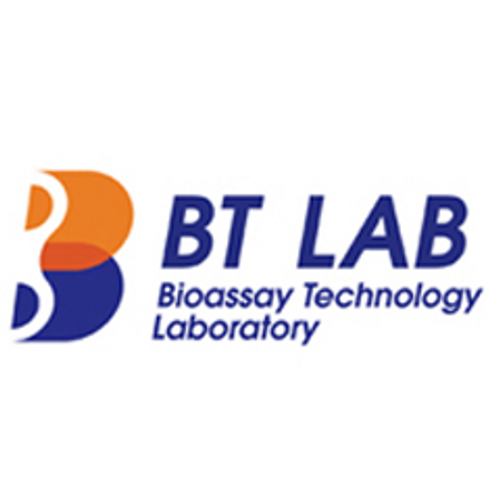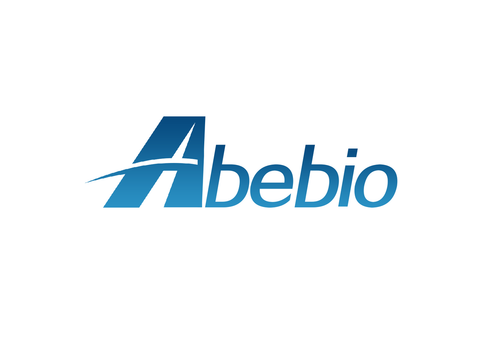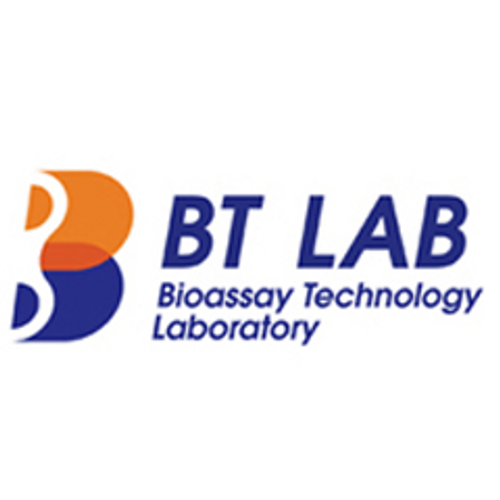Product Description
Rat Tyrosine kinase with immunoglobulin-like and EGF-like domains 2 (Tie-2) ELISA Kit | KTE100857 | Abbkine
Application: This Rat Tyrosine kinase with immunoglobulin-like and EGF-like domains 2 (Tie-2) ELISA Kit employs a two-site sandwich ELISA to quantitate Tie-2 in samples. An antibody specific for Tie-2 has been pre-coated onto a microplate. Standards and samples are pipetted into the wells and anyTie-2 present is bound by the immobilized antibody. After removing any unbound substances, a biotin-conjugated antibody specific for Tie-2 is added to the wells. After washing, Streptavidin conjugated Horseradish Peroxidase (HRP) is added to the wells. Following a wash to remove any unbound avidin-enzyme reagent, a substrate solution is added to the wells and color develops in proportion to the amount of Tie-2 bound in the initial step. The color development is stopped and the intensity of the color is measured.
Detection Method: Colorimetric
Conjugate: N/A
Sample Type: Cell culture supernatants#Serum#Plasma#Other biological fluids
Assay Type: Multiple steps standard sandwich ELISA assay with a working time of 3-5 hours. It depends on the experience of the operation person.
Kit Component: • Rat Tyrosine kinase with immunoglobulin-like and EGF-like domains 2 microplate
• Rat Tyrosine kinase with immunoglobulin-like and EGF-like domains 2 standard
• Rat Tyrosine kinase with immunoglobulin-like and EGF-like domains 2 detect antibody
• Streptavidin-HRP
• Standard diluent
• Assay buffer
• HRP substrate
• Stop solution
• Wash buffer
• Plate covers
Features & Benefits: Rat Tyrosine kinase with immunoglobulin-like and EGF-like domains 2 (Tie-2) ELISA Kit has high sensitivity and excellent specificity for detection of Rat Tie-2. No significant cross-reactivity or interference between Rat Tie-2 and analogues was observed.
Calibration Range: Please inquire
Limit Of Detection: Please inquire
Usage Note: • Do not mix components from different kit lots or use reagents beyond the kit expiration date.
• Allow all reagents to warm to room temperature for at least 30 minutes before opening.
• Pre-rinse the pipet tip with reagent, use fresh pipet tips for each sample, standard and reagent to avoid contamination.
• Unused wells must be kept desiccated at 4 °C in the sealed bag provided.
• Mix Thoroughly is very important for the result. It is recommended using low frequency oscillator or slight hand shaking every 10 minutes.
• It is recommended that all samples and standards be assayed in duplicate or triplicate.
Storage Instruction: The unopened kit should be stored at 2 - 8°C. After opening, please store refer to protocols.
Shipping: Gel pack with blue ice.
Precaution The product listed herein is for research use only and is not intended for use in human or clinical diagnosis. Suggested applications of our products are not recommendations to use our products in violation of any patent or as a license. We cannot be responsible for patent infringements or other violations that may occur with the use of this product.
Background: Tie-2 is a receptor tyrosine kinase that is expressed primarily on endothelial cells (ECs) and plays a critical role in vascular development. The Tie-2 gene encodes a protein of 1122 amino acids. The extracellular region has three distinct structural motifs including two immunoglobulin (Ig) -like loops separated by three EGF-like repeats, and three repeats with fibronectin type III homology located after the second Ig loop. The intracellular portion of Tie-2 contains two tyrosine kinase domains that, when phosphorylated, interact with a number of binding partners including Grb2, Grb7, Grb14, Shp2, the p85 subunit of phosphatidylinositol 3-kinase (PI3K), and Dok-R. Deletion of the last 16 amino acids of the intracellular C-terminus results in increased levels of autophosphorylation, suggesting that it may play an autoinhibitory role.
Alternative Names: Tie-2
Search name: Tie-2
Tag: Tie-2
 Euro
Euro
 USD
USD
 British Pound
British Pound
 NULL
NULL












